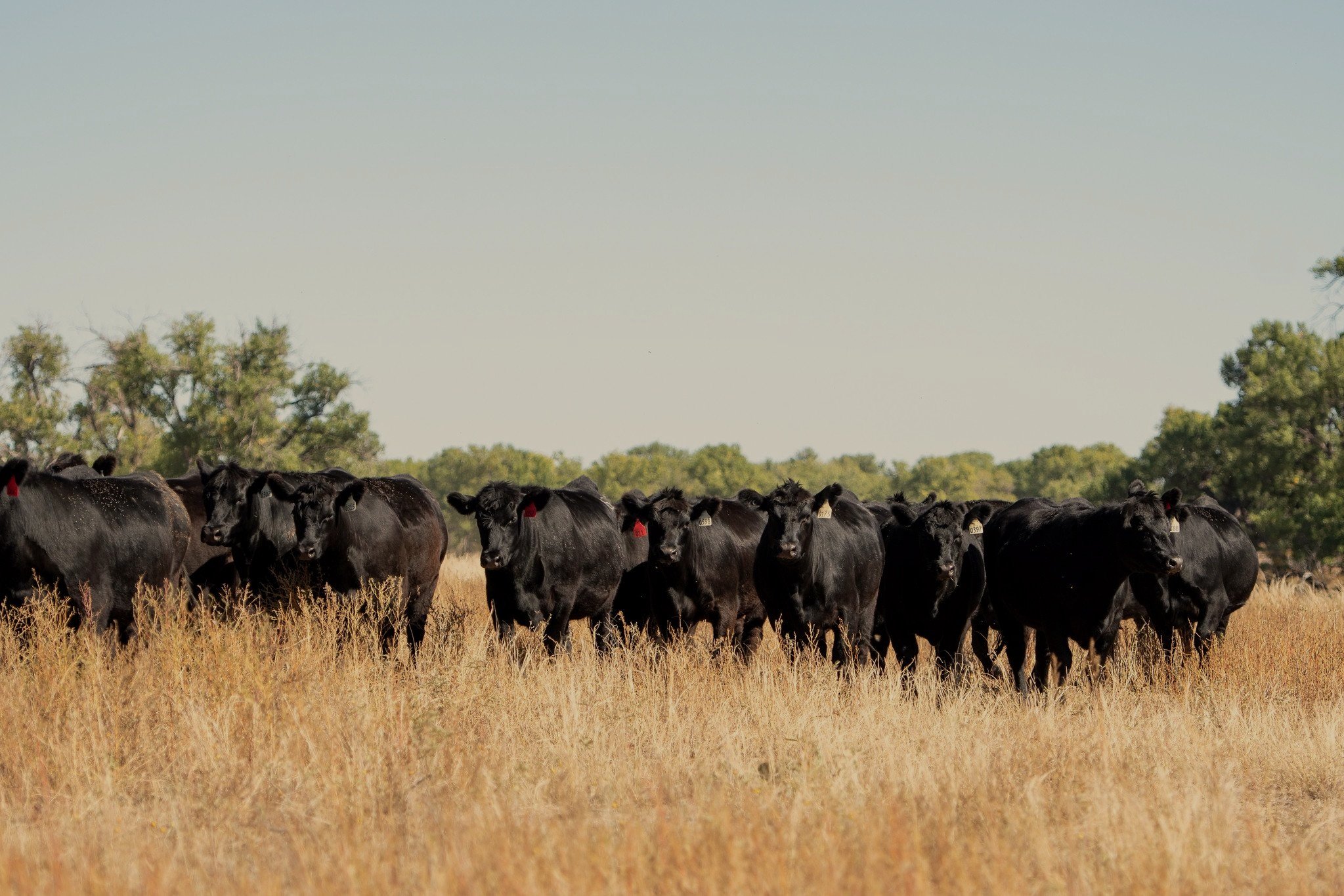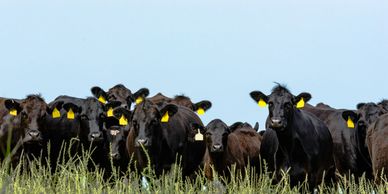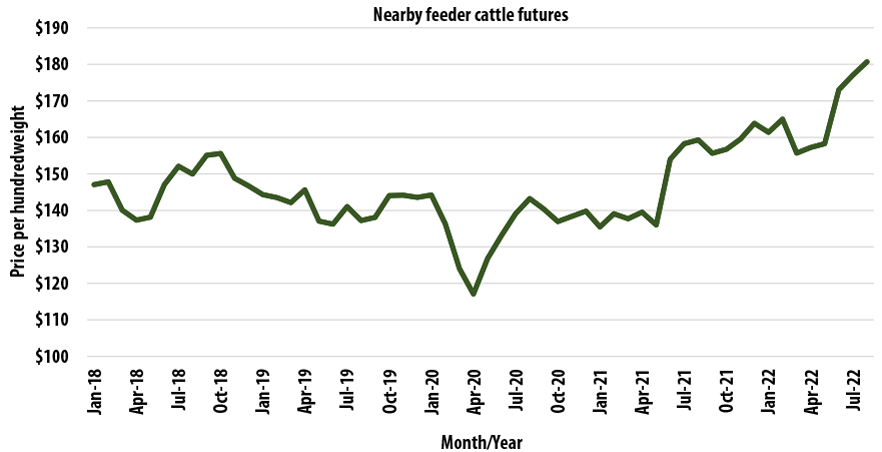Bagley Risk Management Solutions: Your Guard Versus Unpredictability
Bagley Risk Management Solutions: Your Guard Versus Unpredictability
Blog Article
Understanding Animals Danger Security (LRP) Insurance: A Comprehensive Overview
Navigating the realm of animals danger security (LRP) insurance coverage can be a complex endeavor for many in the farming industry. From how LRP insurance operates to the numerous insurance coverage options readily available, there is much to discover in this detailed overview that might possibly shape the means livestock producers approach threat monitoring in their businesses.

How LRP Insurance Policy Works
Sometimes, recognizing the technicians of Animals Threat Defense (LRP) insurance policy can be complex, but breaking down exactly how it functions can provide clarity for breeders and farmers. LRP insurance coverage is a risk monitoring device made to protect livestock manufacturers against unforeseen rate declines. It's essential to note that LRP insurance is not an income warranty; instead, it concentrates solely on price threat defense.
Qualification and Insurance Coverage Options

When it comes to coverage options, LRP insurance coverage uses producers the adaptability to choose the coverage degree, protection period, and recommendations that finest suit their threat monitoring requirements. By recognizing the eligibility criteria and coverage choices offered, animals manufacturers can make informed choices to take care of threat properly.
Benefits And Drawbacks of LRP Insurance Policy
When reviewing Animals Danger Protection (LRP) insurance coverage, it is essential for animals manufacturers to evaluate the negative aspects and advantages intrinsic in this danger administration device.

One of the main benefits of LRP insurance is its capability to give protection against a decrease in livestock costs. In addition, LRP insurance uses a level of adaptability, enabling manufacturers to personalize coverage degrees and plan periods to match their details demands.
One limitation of LRP insurance policy is that it does not shield versus all types of threats, such as illness outbreaks or all-natural disasters. It is essential for manufacturers to very carefully evaluate their specific danger direct exposure and financial scenario to figure out if LRP insurance coverage is the best threat administration tool for their procedure.
Understanding LRP Insurance Policy Premiums

Tips for Making Best Use Of LRP Conveniences
Making the most of the benefits of Livestock Danger Defense (LRP) insurance requires calculated preparation and aggressive risk administration - Bagley Risk Management. To take advantage of your LRP protection, take into consideration the following pointers:
Regularly Examine Market Conditions: Stay notified about market fads and price fluctuations in the livestock sector. By monitoring these aspects, you can make enlightened decisions regarding when to acquire LRP coverage to secure versus possible losses.
Set Realistic Coverage Levels: When selecting protection degrees, consider your manufacturing costs, market worth of animals, and possible risks - Bagley Risk Management. Setting reasonable protection levels makes sure that you are effectively shielded without overpaying for unnecessary insurance coverage
Diversify Your Protection: Rather of depending entirely on LRP insurance, take into consideration expanding your danger monitoring strategies. Combining LRP visit this site with various other threat monitoring tools such as futures agreements or options can give detailed insurance coverage against market unpredictabilities.
Review and Readjust Protection Consistently: As market problems alter, periodically evaluate your LRP insurance coverage to guarantee it aligns with your current danger exposure. Changing insurance coverage levels and timing of acquisitions can help maximize your danger defense approach. By adhering to these tips, you can make the most of the advantages of LRP insurance policy and secure your animals procedure versus unforeseen dangers.
Verdict
To conclude, animals threat security (LRP) insurance coverage is a valuable tool for farmers to manage the economic dangers connected with their livestock procedures. By recognizing how LRP works, qualification and protection alternatives, as well as the advantages and disadvantages of this insurance policy, farmers can make informed choices to safeguard their incomes. By thoroughly considering LRP costs and executing approaches to optimize advantages, farmers can reduce possible losses and make certain the sustainability of their procedures.
Animals manufacturers interested in getting Animals Risk Protection (LRP) insurance policy can discover a range of eligibility requirements and insurance coverage options tailored to their particular animals procedures.When it comes to insurance coverage alternatives, LRP insurance coverage provides manufacturers the versatility to pick the insurance coverage level, coverage period, and endorsements that finest suit their danger management needs.To grasp the complexities of Livestock Risk Protection (LRP) insurance fully, understanding the elements influencing LRP insurance coverage costs is critical. LRP insurance policy premiums are determined by numerous components, including the coverage degree chosen, the anticipated cost view it now of animals at the end of the coverage duration, the type of livestock being insured, and the length of the coverage duration.Testimonial and Readjust Insurance Coverage Consistently: As market problems change, regularly evaluate your LRP insurance coverage to guarantee it aligns with your current threat exposure.
Report this page